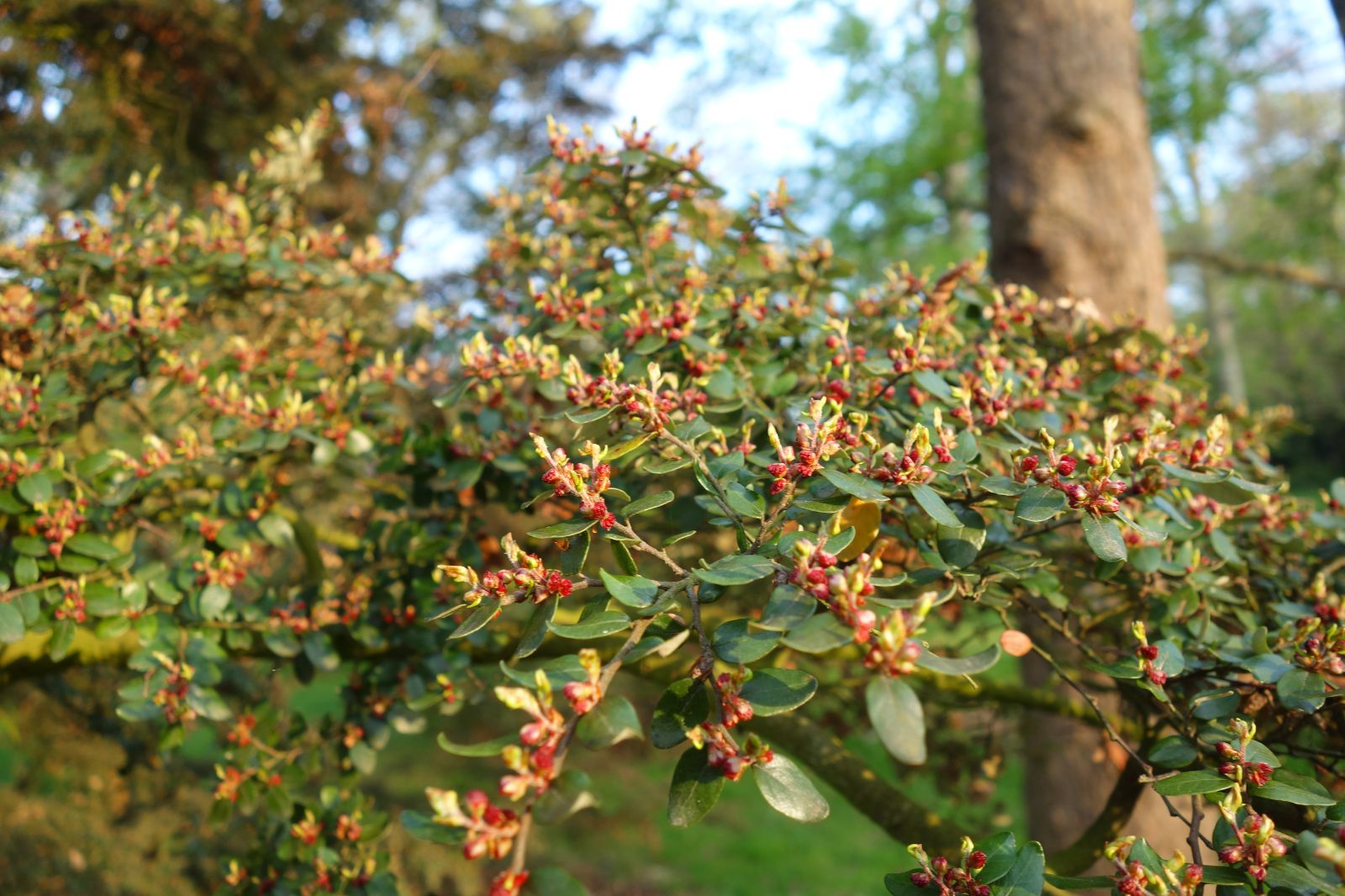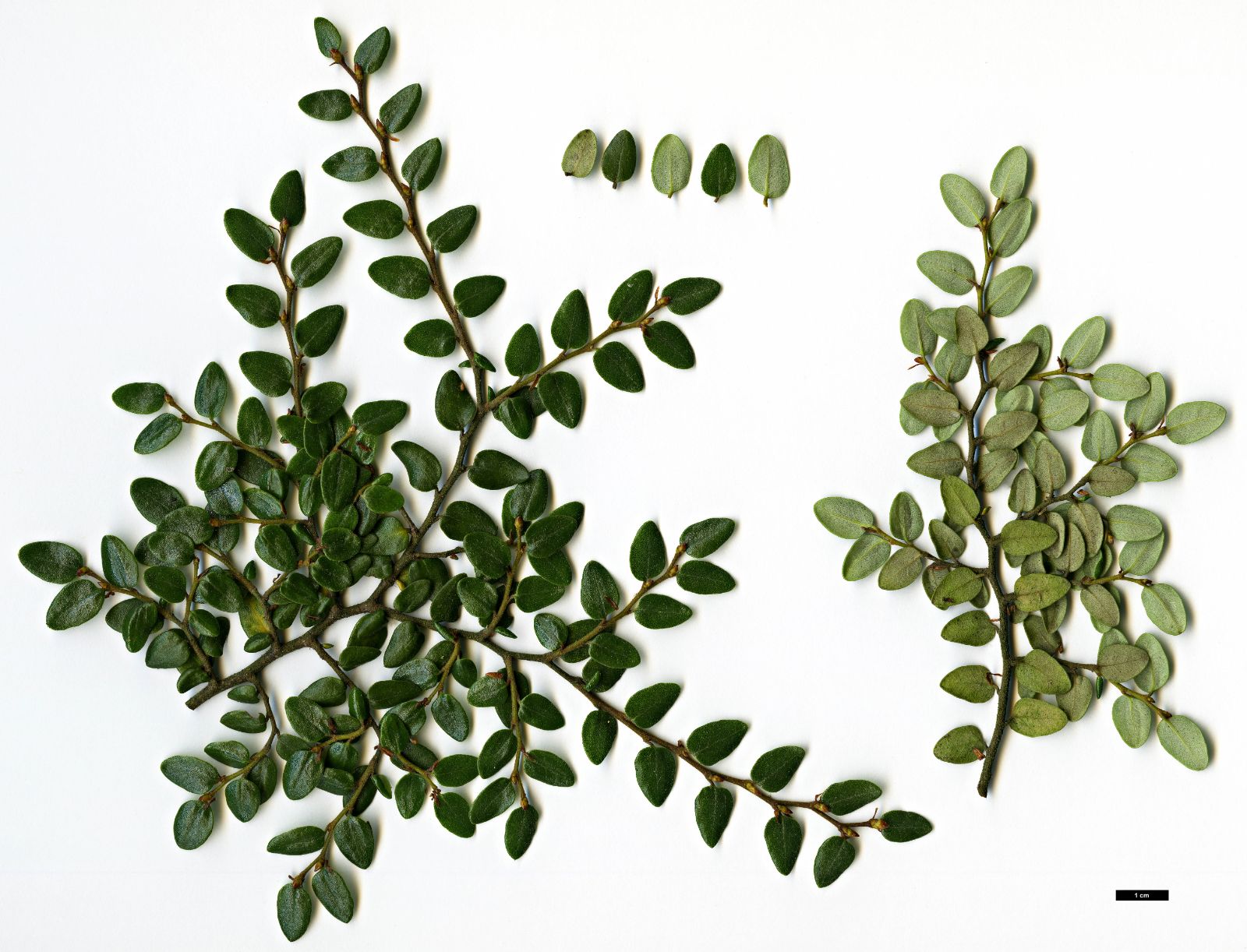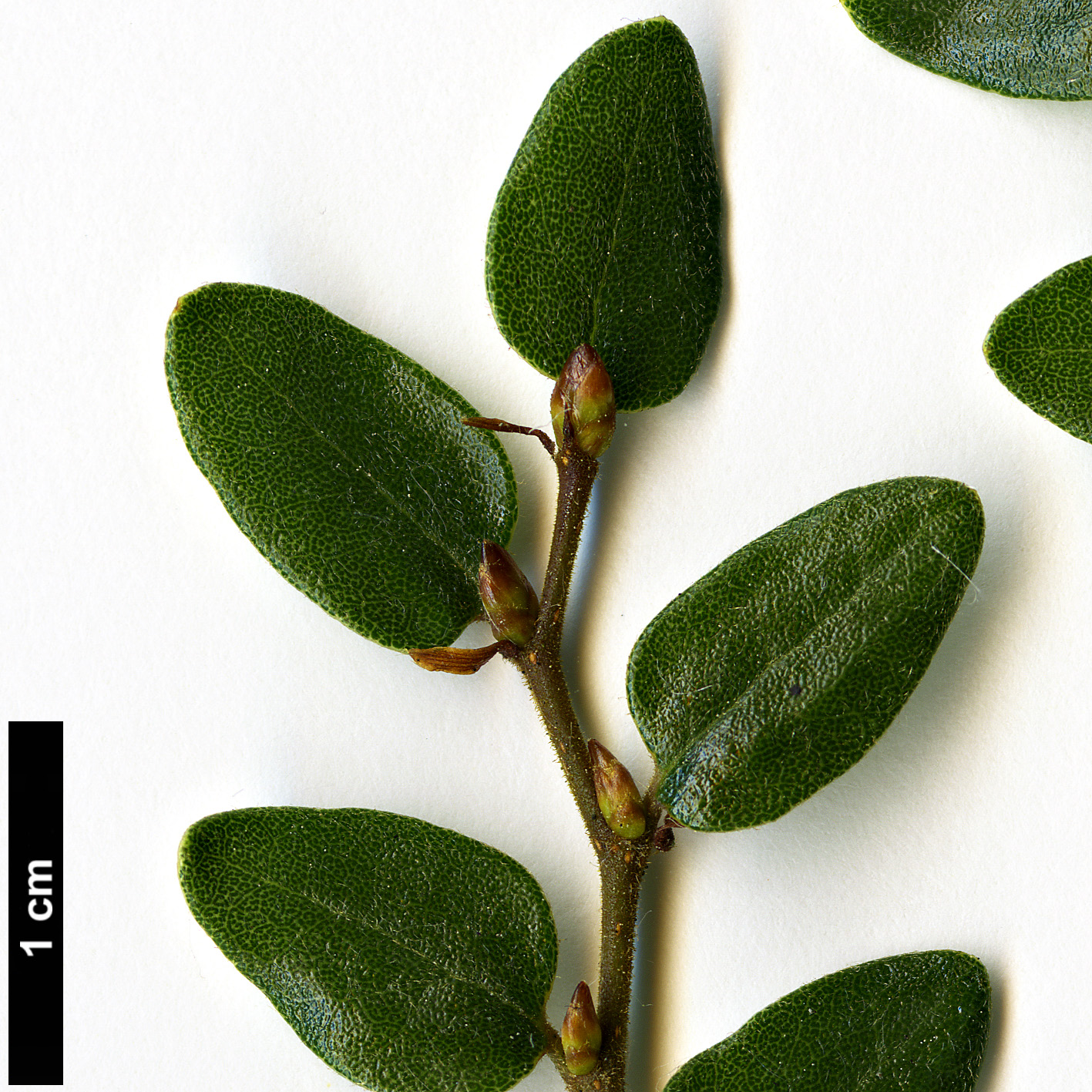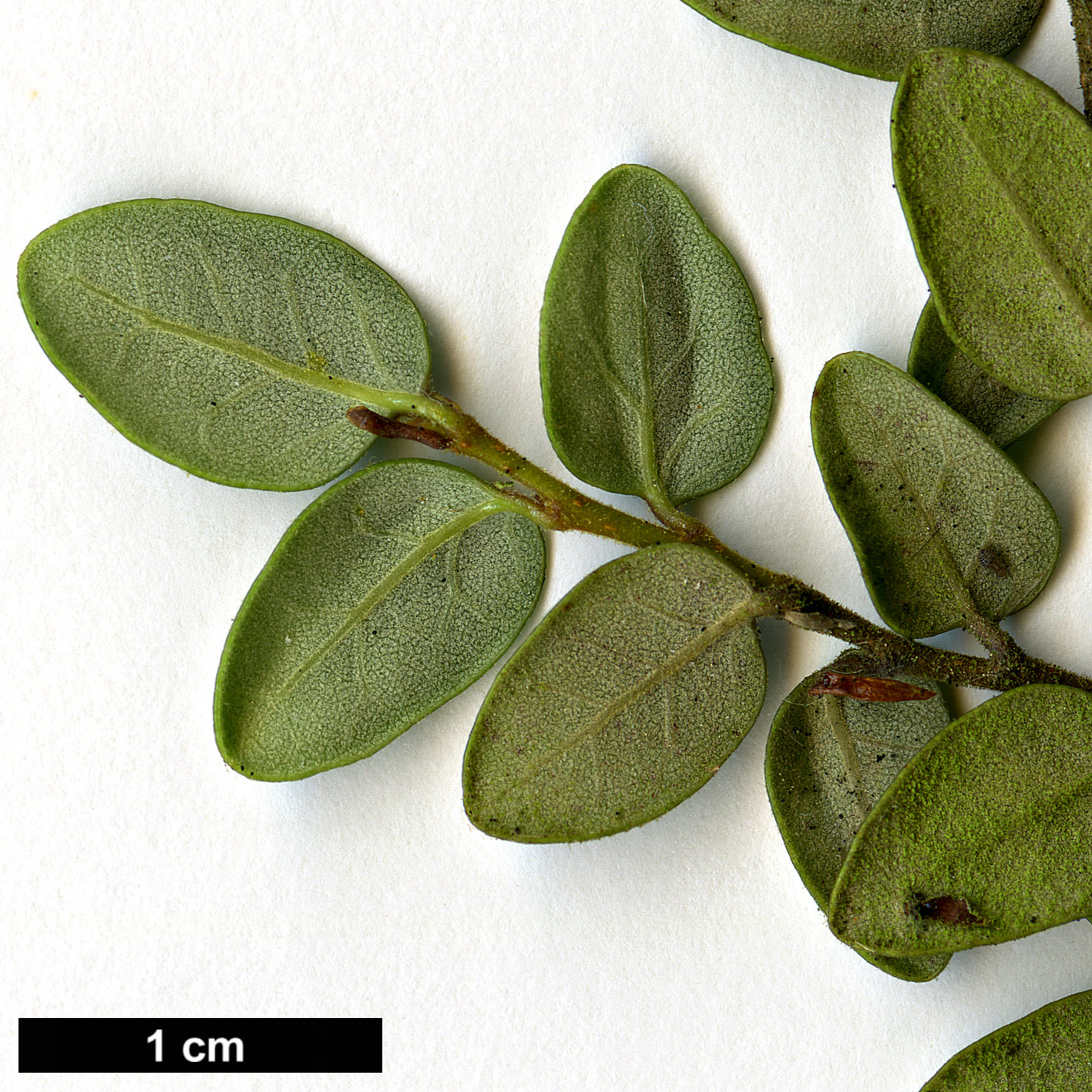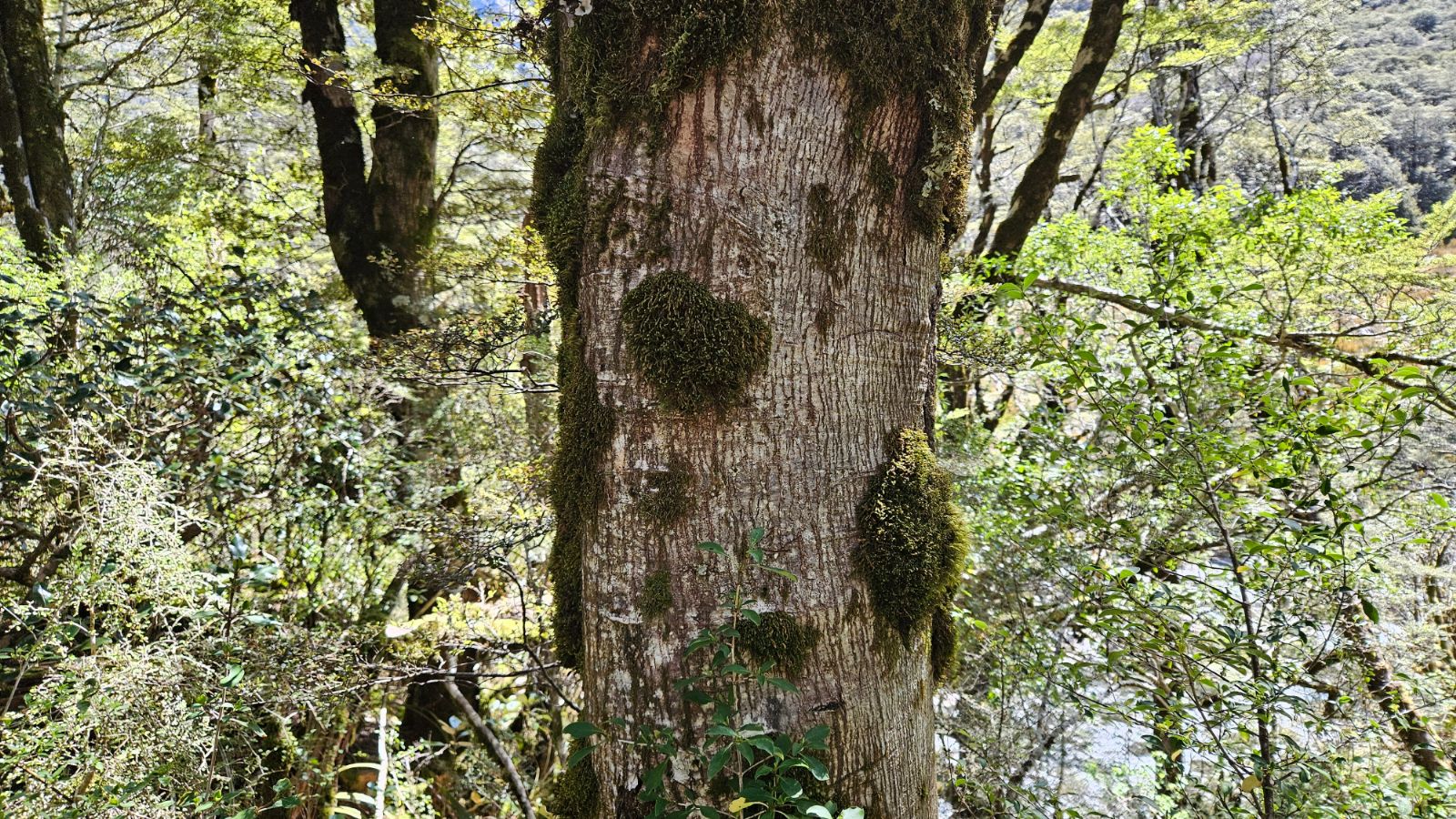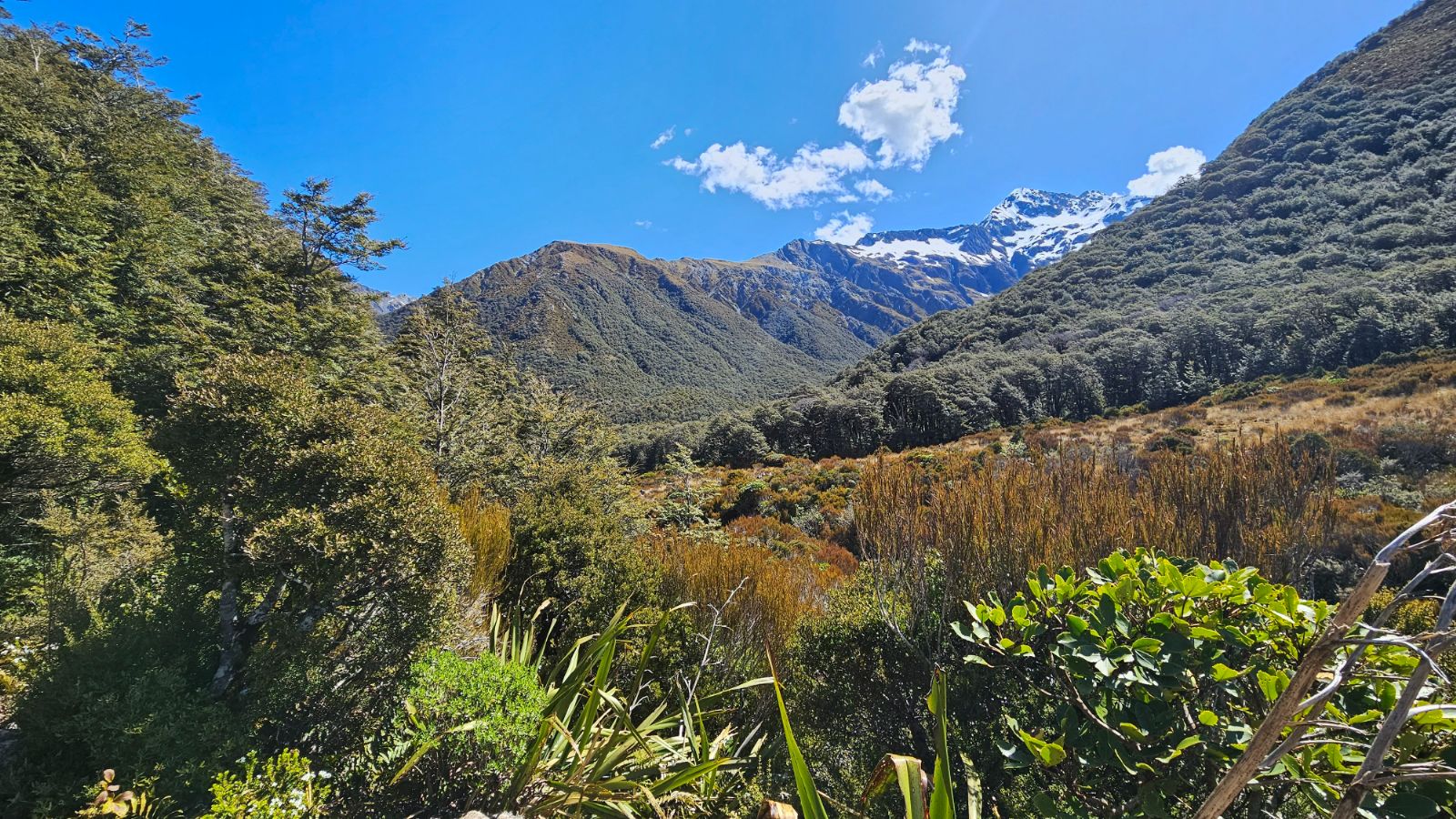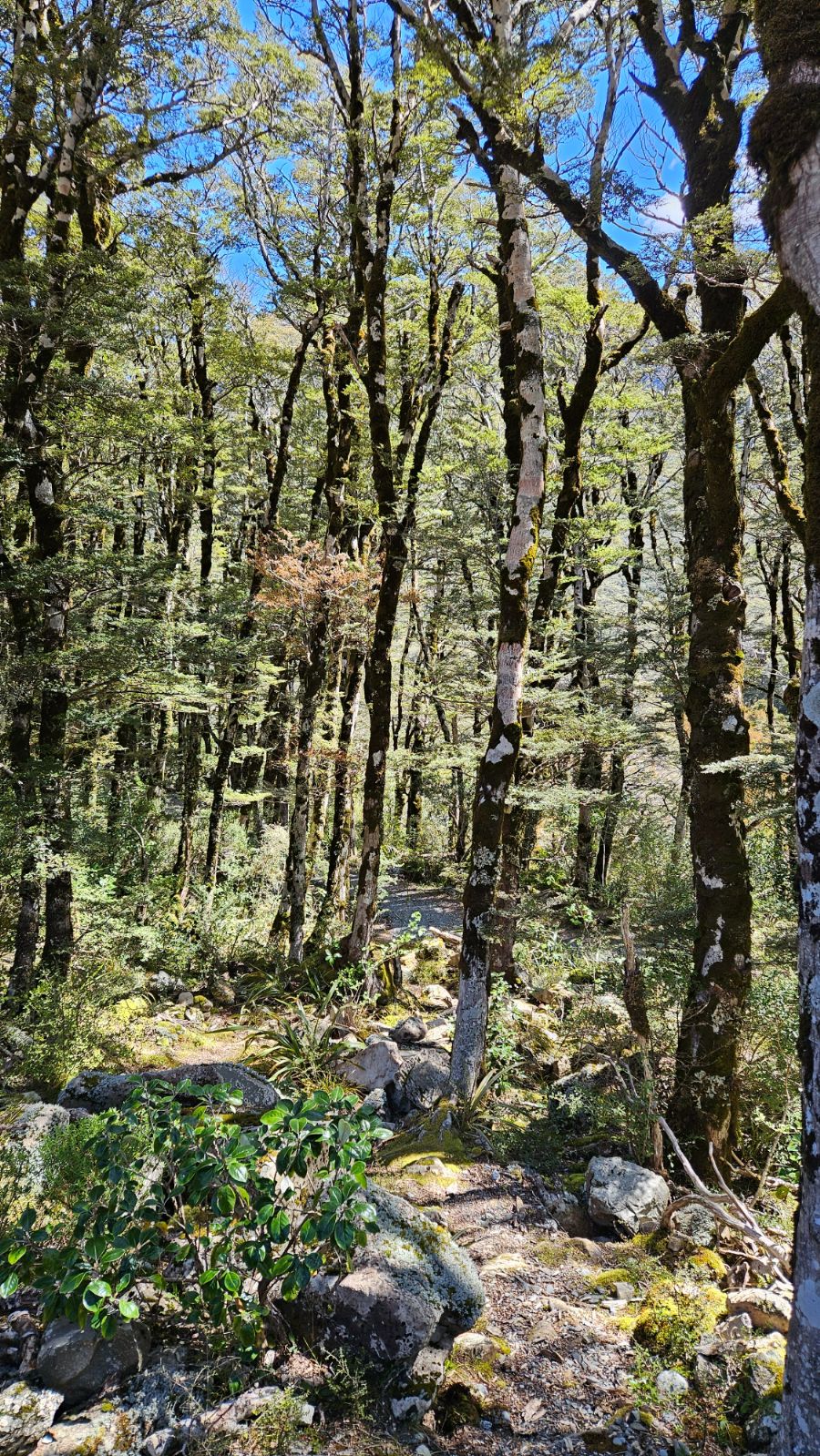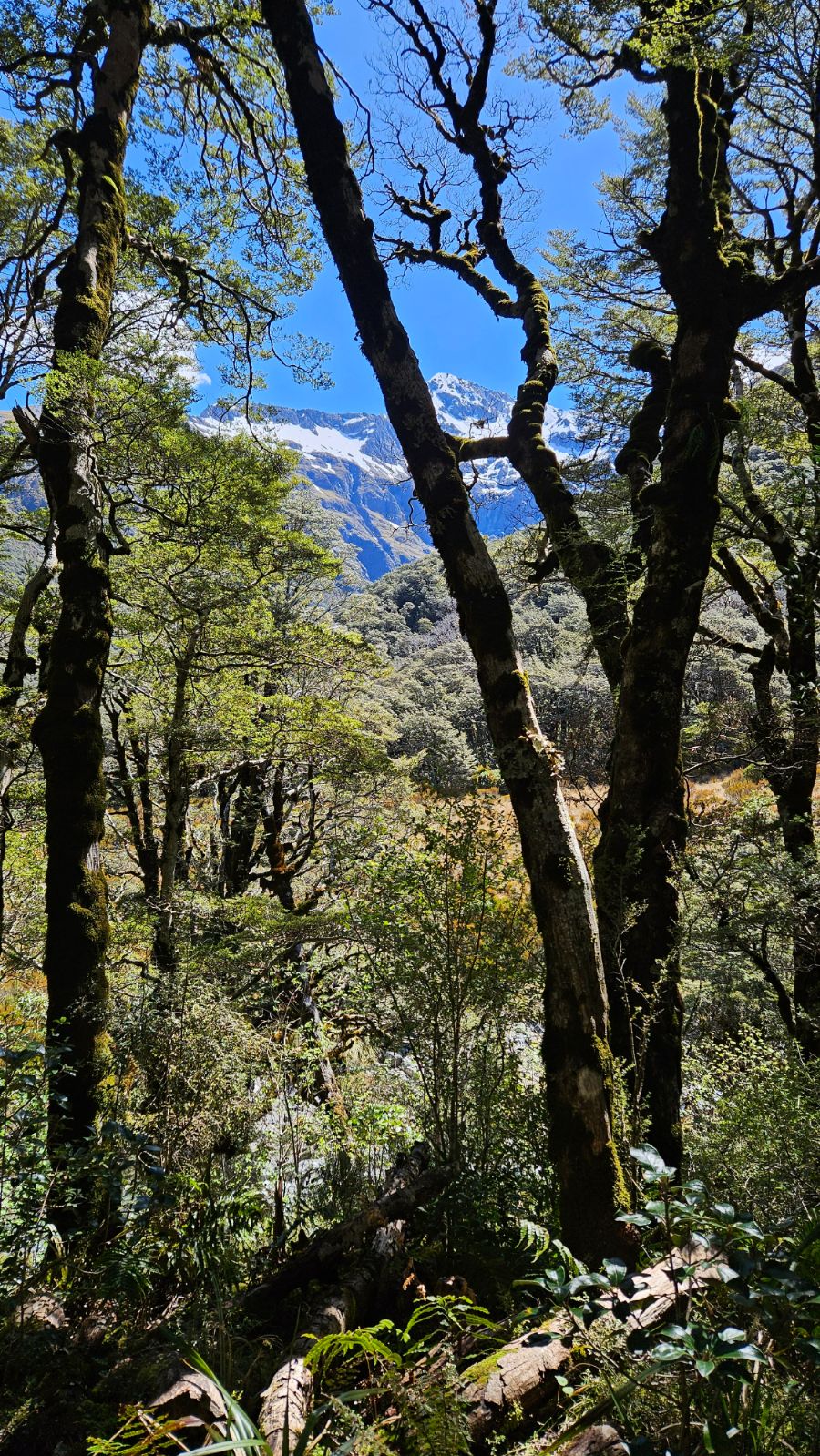Nothofagus cliffortioides
Sponsor
Kindly sponsored by
Col. Giles Crisp
Credits
Owen Johnson (2020)
Recommended citation
Johnson, O. (2020), 'Nothofagus cliffortioides' from the website Trees and Shrubs Online (treesandshrubsonline.
Genus
Common Names
- Solander's Beech
Synonyms
- Fuscospora cliffortioides (Hook. f.) Heenan & Smissen
- Fagus cliffortioides Hook. f.
- Nothofagus solandri var. cliffortioides (Hook. f.) Poole
Other taxa in genus
- Nothofagus alessandrii
- Nothofagus alpina
- Nothofagus antarctica
- Nothofagus betuloides
- Nothofagus × blairii
- Nothofagus cunninghamii
- Nothofagus × dodecaphleps
- Nothofagus dombeyi
- Nothofagus fusca
- Nothofagus glauca
- Nothofagus gunnii
- Nothofagus × leonii
- Nothofagus macrocarpa
- Nothofagus menziesii
- Nothofagus menziesii × obliqua
- Nothofagus moorei
- Nothofagus nitida
- Nothofagus obliqua
- Nothofagus pumilio
- Nothofagus solandri
- Nothofagus truncata
A tree to about 20 m tall in the wild, often with an irregular or rounded habit and with many slender limbs, or a prostrate bush in harsh conditions. Bark dark grey, smooth into old age or finely and horizontally wrinkled; ultimately with rugged ridges in the wild. Shoots slender (1 mm thick), dark reddish, densely and closely pubescent. Buds c. 4 mm long, conic, reddish. Leaves evergreen (persisting for 2 years), ovate-triangular, the tip pointed, apiculate and curved upwards and the sides of the blade rolled downwards; 10–12 × 7–10 mm, glabrous and glossy above (blackish-green in winter), paler beneath and densely grey- to brown-pubescent; petiole 1–2 mm; lateral veins in 3 or 4 pairs, obscure. Male flowers singly or in groups of up to 3; stamens 8–14; female flowers glabrous but viscose, orbicular, c. 1 mm wide, often carried singly. Cupule usually 3-valved, 6 mm long; valves with 3 or 4 entire transverse plates. Nutlets usually 3, winged. (Nothofagus 2007–2008; Bean 1976; Poole 1949).
Distribution New Zealand Absent only from the north of North Island, but confined to mountains except in the south of South Island.
Habitat Forests; forming pure stands on poor soils and in drier conditions in South Island; often forming the tree-line and confined to high ground in the north of its range.
USDA Hardiness Zone 8
RHS Hardiness Rating H5
Conservation status Least concern (LC)
Taxonomic note Nothofagus cliffortioides forms a cline with N. solandri and replaces it at higher altitudes and in the southern end of its range. For a long time N. cliffortioides was widely treated as a variety of N. solandri, and many trees in collections are still labelled thus, but the current account follows most contemporary New Zealand botanists such as R.D. Smissen (Smissen et al. 2014) and treats the two forms as separate species. See the N. solandri account for further discussion.
As remarked in the discussion for Nothofagus solandri, the two species tend to form a cline in which the curliness of the leaf – a curious feature common to so many unrelated New Zealand broadleaves – is variably expressed. (The description of the distinguishing features in the female flowers is derived from the work of the New Zealand botanist Alick Lindsay Poole, who was in fact the first taxonomist to suggest that N. cliffortioides is best considered as a variety of N. solandri.) Certainly, there is little to choose between the two taxa in cultivation in terms of their garden merit: both are eyecatchingly elegant and distinctive trees which may look tired or ragged when confronted by summer droughts or cold dehydrating winter winds.
As a high-altitude specialist, Nothofagus cliffortioides might be expected to have been introduced to cultivation in Europe more recently than N. solandri but to be slightly hardier and more adaptable. Over the last century, it has at least come to outnumber examples of N. solandri by a ratio of nearly 3:1 in UK and Irish gardens, though even within this population a number of trees show intermediate features. Growth, and overall appearance, are scarcely distinguishable; the champions for height for both taxa are at Tregrehan in Cornwall, with the example of N. cliffortioides being one metre shorter, at 24 m in 2014 (Tree Register 2020). A happy 12 m tree at Dyffryn in Glamorgan in 2018 (Tree Register 2020) suggests the species’ ability to thrive in a moderately alkaline soil; its tolerance of warm, dry summers is shown by a fine tree planted in 1965 near the Woodland Walk at Kew and 18 m tall by 2010; a 1977 planting at the relatively chilly University of Dundee Botanic Garden in eastern Scotland was 13 m tall in 2017. As is to be expected, this southern beech thrives in the cool, though rarely cold, and constantly wet conditions of the far north and west of Scotland and across the island of Ireland, with a tree of 14 m × 62 cm dbh in the Woodland Garden of Colonsay House in the southern Hebrides in 2012, and another mature tree at Inverewe at nearly 58° north (Tree Register 2020). Poul Søndergaard (Sondergaard 1997) mentions young trees to 4 m tall near Bergen in Norway and successful smaller plantings near Copenhagen and on the Faeroes. In these more extreme conditions, plants sourced from the highest altitudes should be likeliest to thrive. Two mature specimens were planted in the Washington Park Arboretum in Seattle in 2012 (Washington Park Arboretum 2013), and along with many small plantings they form one half of the New Zealand Forest area here.


